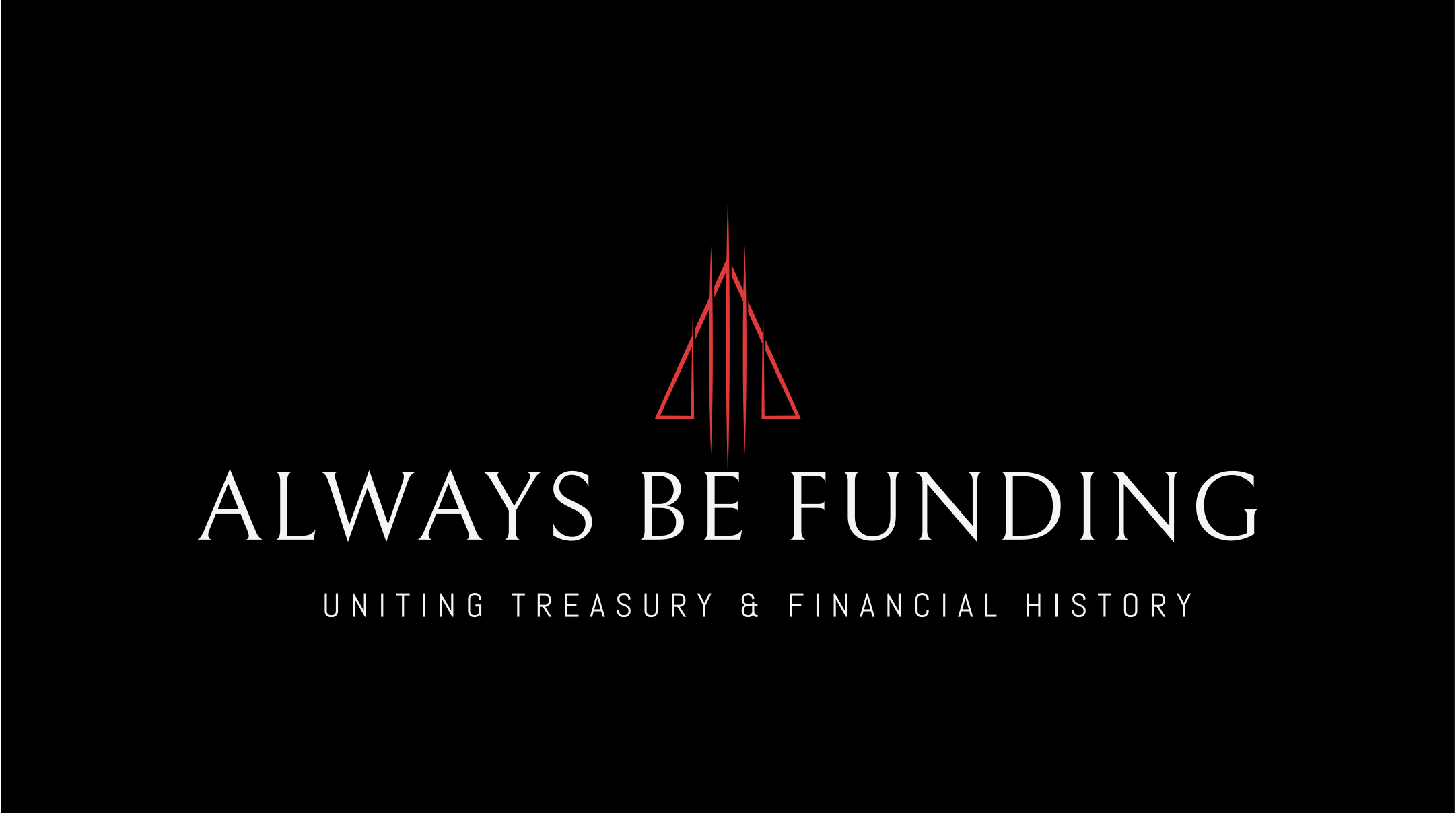Your cart is currently empty!
Why Understanding Liens is Crucial for Aspiring CTPs
For anyone pursuing the Certified Treasury Professional (CTP) designation, mastering a wide range of financial concepts is essential. Among these, the understanding of liens is particularly important. Liens are legal claims or rights against assets that are typically used as collateral to satisfy a debt or obligation. As a treasury professional, being knowledgeable about liens can help you navigate the complexities of corporate finance, secure funding, manage risk, and ensure compliance with legal and contractual obligations. Here’s why understanding liens is critical in the world of treasury.

Risk Management
At its core, treasury management is about managing financial risks, and liens play a significant role in this. When a company takes on debt, it may be required to offer assets as collateral to secure the loan. These assets are then subject to a lien. If the company defaults on the debt, the creditor has the legal right to seize the assets under the lien to recover the owed amount.
Understanding liens allows treasury professionals to assess the risks associated with different types of debt. For example, knowing whether a lien is a first-lien or second-lien position can impact the perceived risk of lending or borrowing. First-lien holders have priority over second-lien holders in asset claims, making the latter riskier and often more expensive in terms of interest rates. Properly managing these risks is vital to maintaining the company’s financial health.
Securing Financing
Liens are often central to securing financing for a company. When negotiating loans or credit lines, lenders may require a lien on specific assets as a condition for providing the funds. These assets could include real estate, equipment, inventory, or even accounts receivable.
A clear understanding of how liens work helps treasury professionals negotiate better financing terms. Knowing the implications of offering certain assets as collateral—and the consequences of default—can help you make informed decisions that align with your company’s financial strategy. It also aids in determining the appropriate type and amount of collateral needed to secure financing without over-leveraging the company’s assets.
Managing Corporate Assets
For a treasury professional, efficiently managing a company’s assets is a key responsibility. Liens can complicate this process. For instance, if an asset is subject to a lien, the company may not be able to freely sell or transfer that asset without first satisfying the lien.
By understanding the intricacies of liens, you can better manage and optimize the company’s asset portfolio. This includes tracking which assets are encumbered by liens, understanding the terms of these liens, and ensuring that the company maintains sufficient unencumbered assets to support future borrowing or operational needs.
Ensuring Legal and Regulatory Compliance
Liens also intersect with legal and regulatory compliance. Companies must ensure that their use of liens adheres to both contractual obligations and legal requirements. Failing to properly record, disclose, or manage liens can result in legal challenges, financial penalties, or damaged relationships with lenders.
Treasury professionals must be familiar with the legal processes surrounding liens, including how they are filed, perfected (made legally enforceable), and enforced. This knowledge helps ensure that the company remains in compliance with all relevant laws and regulations, avoiding potential pitfalls that could arise from mismanagement of liens.
Protecting the Company’s Creditworthiness
Finally, understanding liens is essential for protecting the company’s creditworthiness. The presence and structure of liens on a company’s assets can significantly impact its credit rating and borrowing capacity. Lenders and credit rating agencies carefully assess the extent to which a company’s assets are encumbered by liens when determining credit ratings and loan terms.
By effectively managing liens, treasury professionals can help maintain or improve the company’s credit profile. This, in turn, can lead to more favorable borrowing terms and lower costs of capital, which are crucial for supporting the company’s growth and financial stability.
Finally, for aspiring Certified Treasury Professionals, understanding liens is more than just a legal necessity—it’s a critical component of effective treasury management. From risk management and securing financing to asset management, legal compliance, and creditworthiness, liens touch upon many aspects of a treasury professional’s responsibilities. By mastering the intricacies of liens, you can better protect your company’s assets, optimize its financial strategies, and contribute to its overall success. As you work toward your CTP certification, make sure liens are a key part of your study and professional development.

